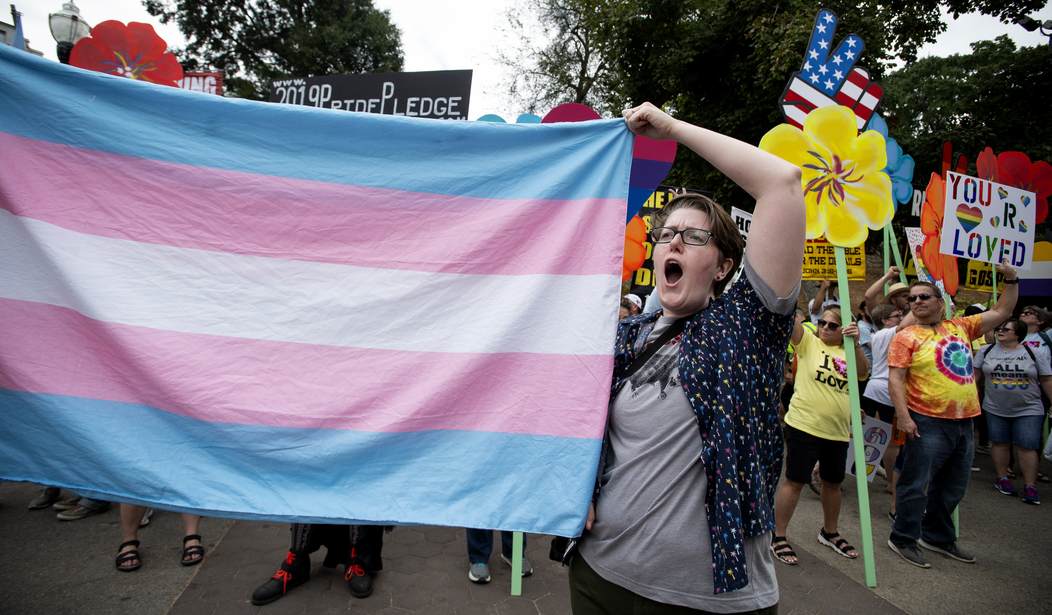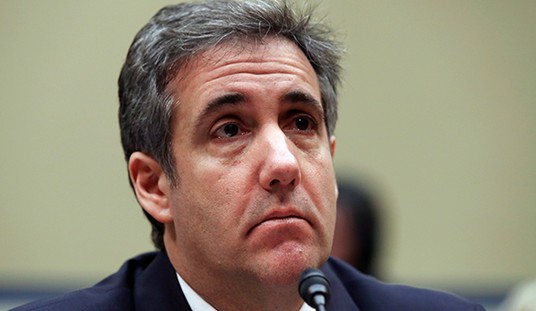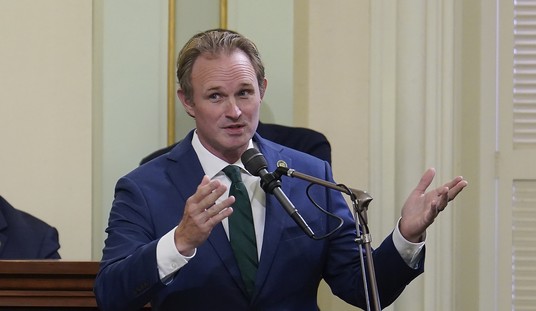It's interesting to see a social phenomenon take hold, even to increase in influence, when that social phenomenon:
- Claims a rooting in biology but actually contradicts biology
- Attempts to redefine terms (man, woman) that have been unchanged since the advent of spoken language
- Allows for the chemical castration and sexual mutilation of children
- Allows activist Child Protective Services agents to break up families
See Related:
Sounds crazy, right? We're talking about the transgender agenda, of course, which is based on claims of gender dysphoria. City Journal's
More people are identifying as transgender and seeking medical care for gender dysphoria than ever before. Between 2018 and 2022, gender-dysphoria diagnoses increased considerably in every state in the U.S. except for South Dakota, according to Definitive Healthcare. Children’s share of dysphoria diagnoses rose from 17.5 percent to 20.4 percent in that same period. A JAMA paper noted a threefold increase in “gender-affirming” surgeries between 2016 and 2019.
The story that the “gender-affirming” camp tells itself about these developments is equal parts illuminating and frustrating. Proponents typically claim that transgender people, as we understand them today, have always existed, and that more people identify as trans because the public has become more aware and accepting of transgender identities. In other words, these activists believe that apparent increases in the trans-identifying population are not really increases at all; they merely reflect that the language, tools, and cultural climate are now in place to gauge more accurately the trans population’s size.
There's an interesting point here; it's possible that, on the margins, there are people who do exhibit gender dysphoria and are seeking treatment due to developed nations being generally more accepting of such individuals. But it's also possible that this is agenda-driven, and I think that's where most of those numbers come from.
When confronted with statistical reality, this thinking yields absurd conclusions. A Williams Institute study from 2021, for example, noted the presence of 1.2 million “nonbinary” people in the United States, 75 percent of whom were below age 30. According to the pro-affirming camp, nonbinary people have always existed. But why are young people more likely than older people to adopt this identity? Why are nonbinary identities more common among girls and young women, specifically? And why didn’t this phenomenon seem to exist 30 years ago?
Likely, there have always been folks around with odd ideas on sex. (And, yes, sex is the right term; there's an old saying, "Words have gender, people have sex.") But the current explosion of those claiming to be everything from gender dysphoric to a five-spirit crystalline otherkin is a social, not a psychological phenomenon. It's not the only instance in which a medical condition becomes a social contagion.
Case in point: The lovely and talented Karen Carpenter died in 1983 of anorexia nervosa, a psychological condition in which the sufferer essentially starves themselves to death. While her death brought some attention to this condition and eventually resulted in improvements in psychological treatments of anorexia, there was an uptick in cases after her death, and that uptick continues to this day. However, correlation doesn't equal causation; it's possible that the attention brought to this condition by Karen's tragic death caused more people to seek treatment for themselves or loved ones, in effect bringing some sufferers out of the shadows.
The incidents of gender dysmorphia are something else, though, if for no other reason than the fact that anorexia treatments don't involve chemically castrating and surgical mutilating the patients, including children. Fortunately, some sanity is returning to the issue; even the World Health Organization, hardly a bastion of conservative thought, is backing away from these treatments.
See Related: World Health Organization Signals Caution on Gender-Affirming Care for Minors Amid Growing Debate
Gender dysphoria is, yes, a known mental condition and has been for some time. It's become apparent, however, that the sudden mass influx of people claiming this condition is an example of an emotional contagion or, in other words, a fad. Lately, it's become a fad on which people, including kids, are pushing back on.
See Related: Tampon Dispenser Installed in High School Boys' Bathroom Destroyed Less Than 20 Minutes Later
In his article, Mr.














